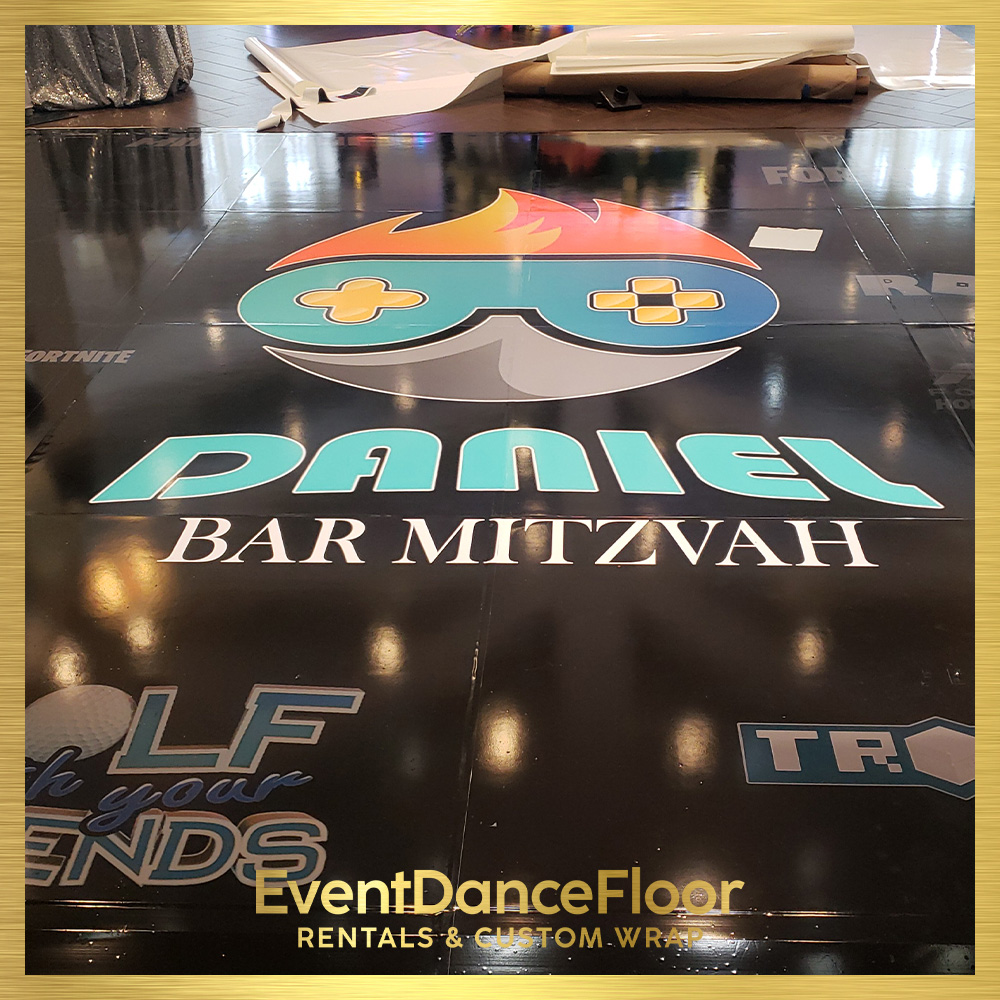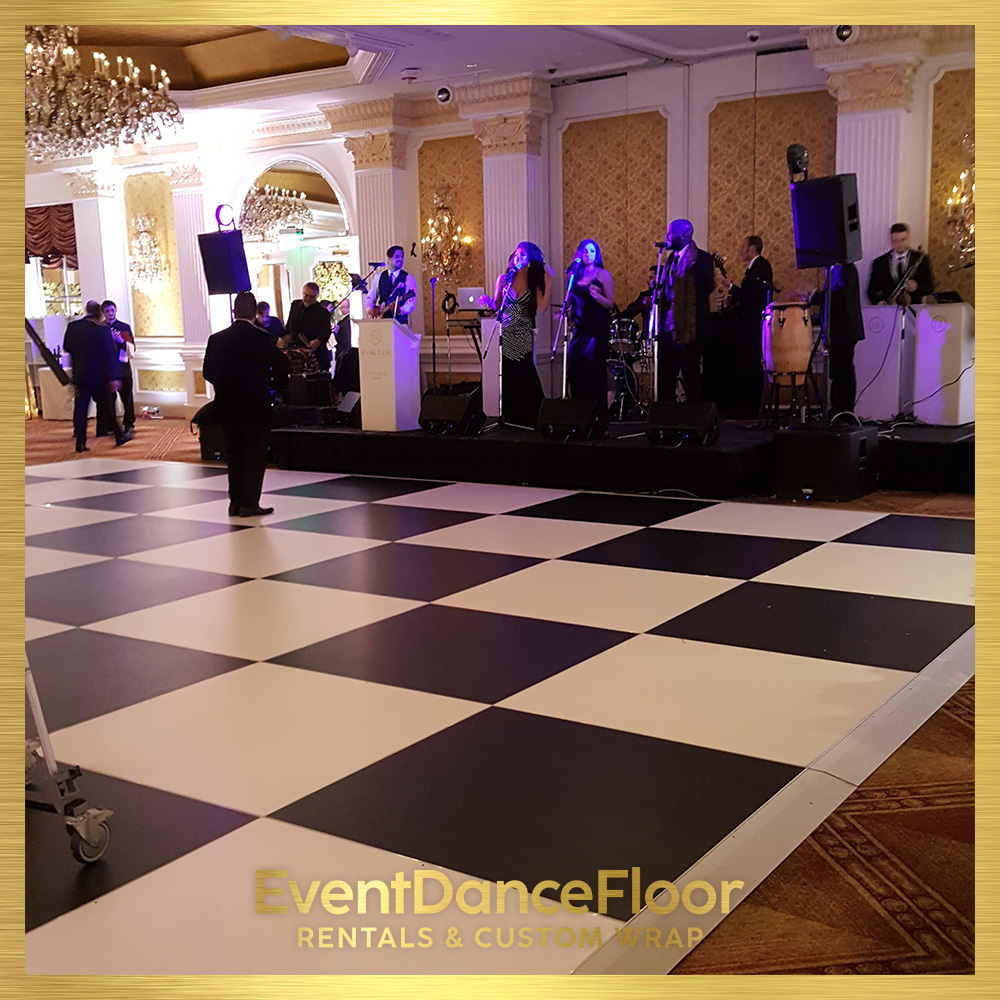Frequently Asked Questions
Incorporating a couple's monogram into an LED dance floor design for a wedding can be achieved by utilizing advanced digital mapping technology to project the personalized emblem seamlessly onto the illuminated surface. The design team can create a dynamic display where the monogram elegantly transitions through various animations, such as swirling patterns or cascading lights, synchronized with the music to enhance the celebratory atmosphere. By integrating RGB LED panels, the monogram can be highlighted in the couple's chosen color palette, ensuring it complements the overall wedding theme. Additionally, the use of high-resolution graphics ensures that the monogram remains crisp and clear, even as guests dance across the floor, creating a memorable focal point that captures the essence of the couple's union.
MadMapper is highly recommended for creating custom animations on LED dance floors, offering robust features for pixel mapping and real-time video projection. This software excels in handling DMX lighting protocols and Art-Net, making it ideal for synchronizing intricate light patterns with music. Users can leverage its intuitive interface to design dynamic visual effects, utilizing shaders and generative content to enhance the immersive experience. MadMapper supports a wide range of file formats, including SVG and PNG, allowing for seamless integration of custom graphics. Additionally, its compatibility with MIDI controllers and OSC (Open Sound Control) ensures precise control over the LED panels, enabling choreographers and lighting designers to craft captivating performances with ease.
To synchronize LED dance floor designs with the music playlist at a party, one must employ a combination of DMX controllers, MIDI interfaces, and specialized lighting software such as Lightjams or Madrix. These systems allow for the creation of dynamic lighting sequences that are precisely timed to the beats per minute (BPM) of the music. By utilizing beat detection algorithms and audio analysis tools, the software can automatically adjust the LED patterns, colors, and intensity to match the rhythm and mood of each track. Additionally, the integration of timecode synchronization ensures that the lighting effects are perfectly aligned with the music, creating a seamless audiovisual experience. Advanced setups may also incorporate wireless DMX transmitters and receivers to facilitate real-time communication between the DJ's equipment and the LED dance floor, allowing for on-the-fly adjustments and improvisation. This meticulous coordination results in an immersive environment where the visual and auditory elements are in perfect harmony, enhancing the overall atmosphere of the event.
To upload custom graphics to an LED dance floor system, one must ensure compatibility with the system's control software, which often requires specific file formats such as JPEG, PNG, or GIF. The graphics should be optimized for resolution and pixel density to match the LED panels, typically ranging from 10mm to 20mm pixel pitch. It's crucial to use a media server or a compatible LED controller that supports DMX or Art-Net protocols for seamless integration. The graphics should be pre-rendered in a loopable format to ensure smooth transitions and avoid latency issues. Additionally, the color calibration of the graphics should align with the LED floor's RGB or RGBW color model to maintain visual consistency. The use of a high-speed Ethernet connection is recommended for efficient data transfer, and the system should be capable of handling the bandwidth required for high-resolution content. Proper synchronization with audio systems may also be necessary to enhance the overall immersive experience.
To ensure the durability of custom designs on LED dance floors during high-traffic events, it is crucial to utilize high-quality, impact-resistant materials such as tempered glass or polycarbonate that can withstand heavy foot traffic and potential spills. Employing advanced protective coatings can prevent scratches and abrasions, while ensuring the LED panels are securely sealed to prevent moisture ingress. Utilizing modular design allows for easy maintenance and replacement of individual panels, minimizing downtime. Additionally, integrating a robust control system with surge protection can safeguard against electrical failures, while ensuring the LED lights are calibrated for optimal brightness and color accuracy. Regular maintenance checks and cleaning protocols should be established to maintain the floor's aesthetic appeal and functionality, ensuring the custom designs remain vibrant and intact throughout the event.

